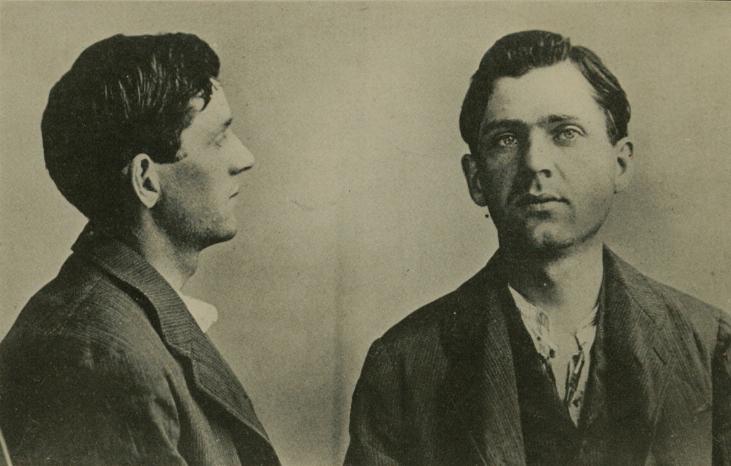“The anarchists were reflex to an evil history which penetrated their own remarkable and macabre achievements.”– Cedric Robinson
Offshoot Journal, September 6, 2022
The history of classical anarchism is filled with radical foresight, mistakes, and persecution. Its past helps explain how the word “socialism” became conflated with state-building. Important awareness of anti-state or stateless socialism(s) and the broader historical socialist movement has been neglected. Though now often seen as an aesthetic term, or an utopian desire, or a signifier for disorganization, anarchism’s story is one of uncompromising confrontation. As an international, anti-colonial, and revolutionary movement many of its proponents prioritized direct violent action of the highest order, going as far as to assassinate monarchs and heads of state. While some people may have a general understanding of the “Red Scare” and Mccarthyism, less know how insurrectionary anarchism led to the birth of The Federal Bureau of Investigation (FBI).
To understand why anarchism led to the creation of one of the most dangerous police forces in the history of nation-states, it’s necessary to witness anarchist history as a universal threat. At the turn of century in the early 1900s, anarchists made members of the world’s ruling establishments increasingly fearful. As a radical ideology that doesn’t try to reform or create new states, it questioned the fundamental need for their existence. Therefore, it’s condemned as a chaotic impulse by ruling classes that depend on state formations to govern. To make matters terrifying for the world’s reigning elite, some anarchists engaged in what was known as the “propaganda of the deed” as a model method to try to provoke a revolutionary uprising among the masses. These were insurrectionary tactics that took on the form of violent attacks on police, political assassinations, bombings, and revolutionary expropriations. Enough of it had occurred to conjure the image of anarchists as “bomb throwers.” These actions would work to redefine national security apparatuses.
When self-professed anarchist Leon Czolgosz shot President William McKinley on September 6, 1901, it transformed the nature of law enforcement in the United States. The assassination of King Umberto of Italy on July 29, 1900, by the anarchist Gaetano Bresci set the stage to portray anarchism as a global threat. Writing for the American Historical Review in 1955, historian Sidney Fine recalled that The Outlook correspondent Francis H. Nichols made an important note. Nichols “asked…whether the nation’s government and the President were themselves secure from anarchist attack.” Fine writes, “Anarchism was regarded as ‘the most dangerous theory which civilization has ever had to encounter.’” After all, European anarchists assassinated President Carnot of France on the 24th of June in 1894, Prime Minister Canovas del Castillo of Spain on August 8th, 1897, and Empress Elizabeth of Austria on September 10th, 1898 – and they weren’t the only ones. The President of the United States was but the latest victim.


